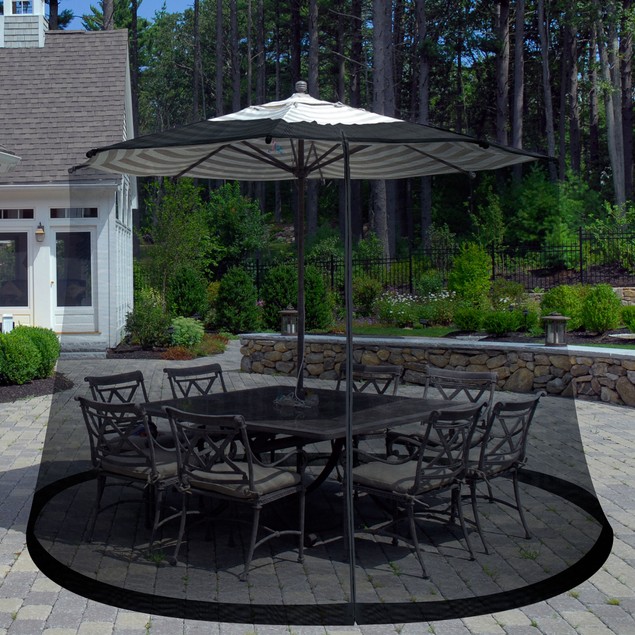Peony, Immaculee Seeds and Plants, Flowers
Borders are not complete without an old standout, classic variety. Immaculee is such a variety with its large, bowl-shaped, white flowers that emit a lovely scent when the blossoms open in late spring. Herbaceous peonies are easy to grow, long-lived perennials, and flower best in cool climates. Plant in full sun, with some light afternoon shade.
Peony: Bare Root Perennial
How to Plant
Planting Bare Root Plants:
- Choose a location in full sun with a rich, well-drained soil. Peonies are long lived plants so be sure to choose a location where they may grow undisturbed for many years.
- Prepare the bed by turning the soil under to a depth of 6-12 inches removing any debris, and lightly raking as level as possible.
- The addition of organic matter (leaf mold, compost, well-rotted manure) benefits all gardens and is essential in recently constructed neighborhoods.
- Dig a hole deep and wide enough to accommodate the bare root.
- For herbaceous peonies, hold the root with the “eyes” pointed upward and plant about 2 inches below the soil surface, and not deeper. For tree peonies, plant so that the graft is about about 4-6″ deep.
- Fill in and around the root with soil until the hole is filled.
- Firm the soil and water well to fully saturate the roots and soil.
- If you are using a plant support, place it at planting time and, in future years, before the foliage emerges in spring.
How to Grow
- Keep weeds under control during the growing season. Weeds compete with plants for water, space and nutrients, so control them by either cultivating often or use a mulch to prevent their germination.
- Mulches also help retain soil moisture and maintain even soil temperatures. For perennials, an organic mulch of aged bark or shredded leaves lends a natural look to the bed and will improve the soil as it breaks down in time. Always keep mulches off a plant’s stems to prevent possible rot.
- Careful watering is essential in getting perennials off to a good start. Water thoroughly at least once a week to help new roots grow down deeply. Soil should be damp at about 1 inch below the soil surface. You can check this by sticking your finger in the soil. Water early in the morning to give all leaves enough time to dry. One inch of rain or watering per week is recommended for most perennial plants. You can check to see if you need to add water by using a rain gauge.
- Until plants become established, some protection from extreme winds and direct, hot sunlight may be necessary. Good air movement is also important.
- After new growth appears, a light fertilizer may be applied. Keep granular fertilizers away from the plant crown and foliage to avoid burn injury. Use low rates of a slow release fertilizer, as higher rates may encourage root rots.
- For herbaceous peonies, remove and discard foliage after a hard frost in fall. Remove plant supports for the winter. Tree peonies are woody plants, do not cut back in fall.
- In colder regions, apply another layer of mulch (1-2 inches) after the ground freezes in fall. Evergreen boughs (from Christmas trees) provide additional protection. Remove this mulch in the spring.
- In general peonies do not require division. Divide only if the plant is not performing well or you wish to enlarge your planting. Any division should be done in the fall.
Growing Tips
- Peonies make wonderful, long lasting cut flowers.
- Peonies make great landscape plants, are good for beds and borders. Always remember that they only bloom for about two weeks, but their foliage is attractive all season.
Additional information
| Zone | 5-8 |
|---|---|
| Sun | Full Sun |
| Height | 24-28 inches |
| Spread | 24-28 inches |
| Bloom Season | Spring |
| Ornamental Use | Beds, Borders, Cut Flowers |
| Planting Time | Spring |
| Genus | Paeonia |
| Life Cycle | Perennial |
The peony or paeony () is any flowering plant in the genus Paeonia, the only genus in the family Paeoniaceae. Peonies are native to Asia, Europe, and Western North America. Scientists differ on the number of species that can be distinguished, ranging from 25 to 40, although the current consensus describes 33 known species. The relationships between the species need to be further clarified.
Most are herbaceous perennial plants 0.25–1 metre (1–3 ft) tall, but some are woody shrubs 0.25–3.5 metres (1–11 ft) tall. They have compound, deeply lobed leaves and large, often fragrant flowers, in colors ranging from purple and pink to red, white or yellow, in late spring and early summer. The flowers have a short blooming season, usually only 7–10 days.
Peonies are popular garden plants in temperate regions. Herbaceous peonies are also sold as cut flowers on a large scale, although generally only available in late spring and early summer.






by Amanda
I planted this last spring and it bloomed this year. If I could, I would fill my yard with these. Beautiful!
by Frank
I wanted to add something beautiful and elegant to the walkway to my front door. The HOA controls what we can put in the ground so I bought 10 of these and planted them in large planters and placed them along the walkway. Within 7 days of putting them in the ground they started to emerge from the soil and a month later they already have blooms. All 10 are healthy and similar in size and shape. I’m happy and with them and can’t wait for my blooms to open. I live in the high desert in NM so hopefully these can withstand and thrive in the summer heat. These are planted one the north side of the house so they will get more shade and less direct sunlight during the midday heat.
by Blondie
I bought an old (1850s) home with a large but unkempt yard. My ultimate goal is to create the atmosphere of an English garden. Starting from scratch I feel it may be a lofty goal, but I’ve got to start somewhere. I purchased this because it’ll take up a reasonable amount of space when mature, and while it’s still a young plant and only got 4 blooms on it this past season, the size of the blooms really makes a strong impact.